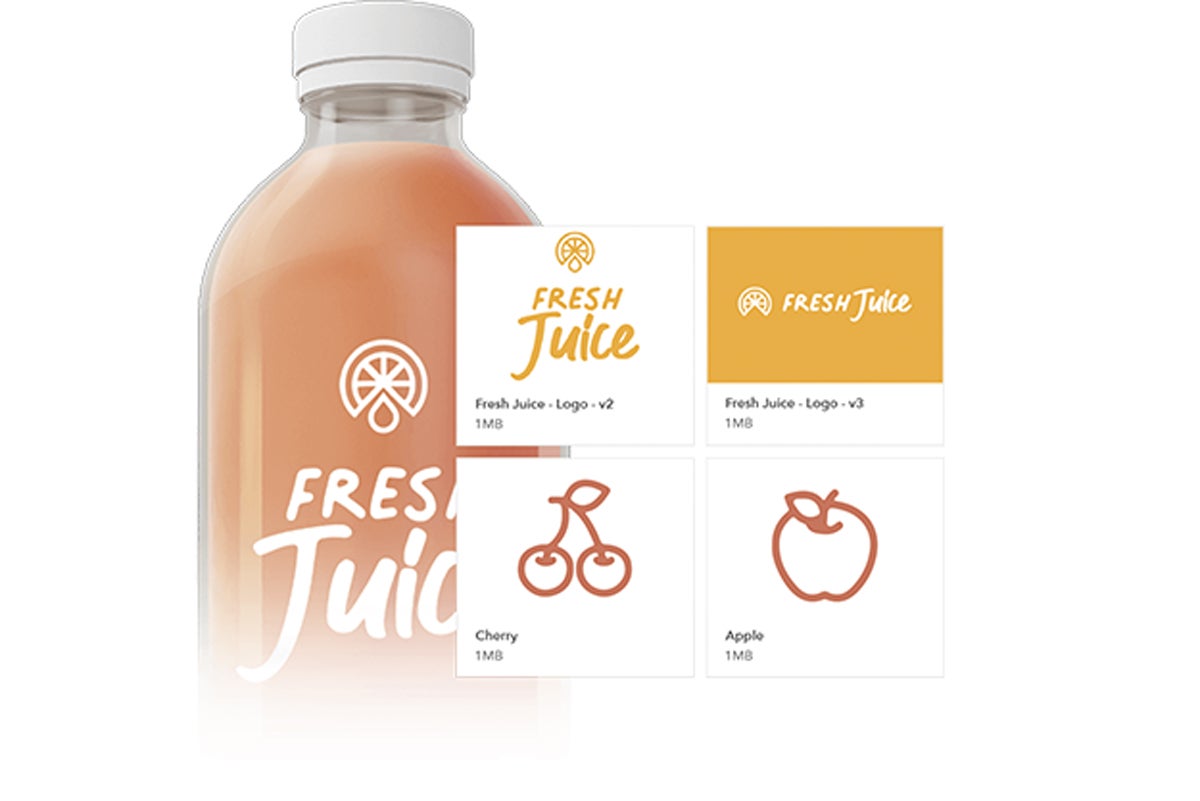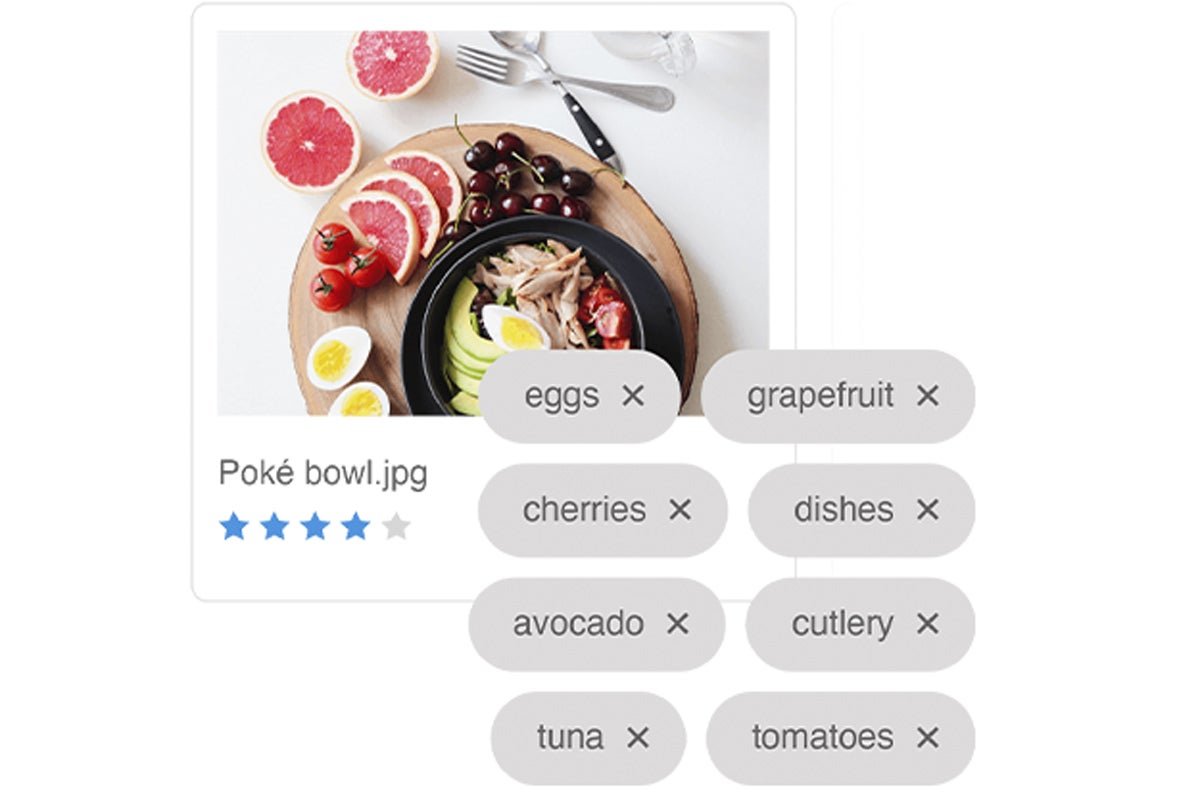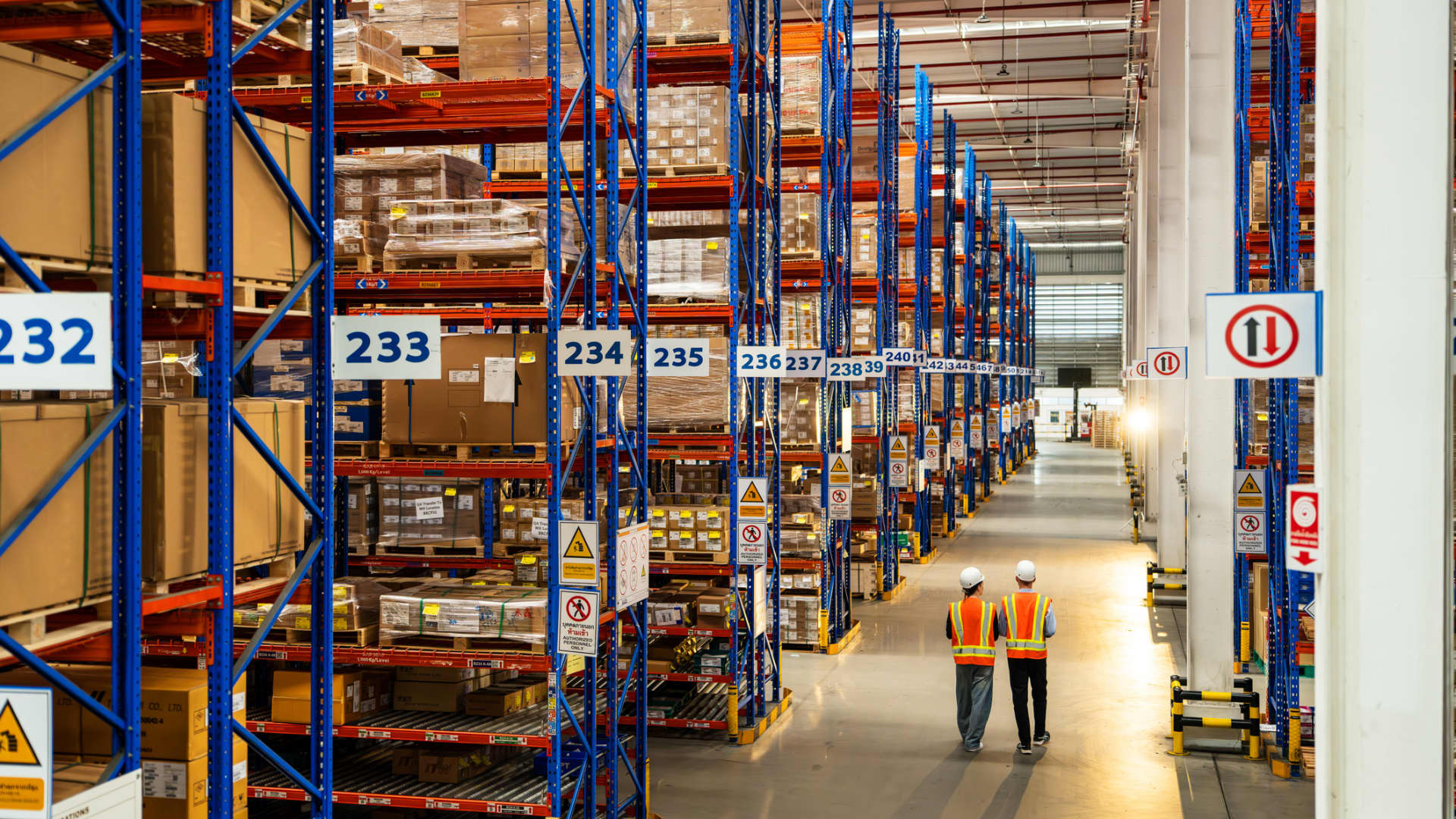WoodWing is a Business Reporter customer
In today's competitive media landscape, media and publishing organizations are constantly looking for innovative ways to increase revenue. It's not always about selling more: reducing costs and increasing efficiency can generate the same net result and offer a realistic scenario for achieving sustainable growth.
To give you a clear idea of what's possible, we'll look at several strategies that focus on increasing efficiency and reducing costs of omnichannel content production.
Boost content operations and collaboration
Optimizing your content operations (the tasks and processes involved in creating, managing, and distributing content) means refining workflows, implementing the right tools, and adopting best practices to ensure efficient content production. For publishers, this should mean using tools, technologies and workflows that reduce manual work, minimize delays, optimize resources and drive collaboration. This is how it breaks down:
Employ a robust and centralized CMS
Adopting a centralized CMS increases operational efficiency – enabling easy access and management of content across the organization. Centralizing tasks in the content delivery supply chain avoids duplication of work and ensures consistency in content delivery.
Automate content generation with AI
Employing AI tools like ChatGPT can reduce production time and content creation costs to help generate a variety of content types. The temptation to generate large amounts of content with AI (including images), especially when incorporated into a CMS, it can be hard to resist. However, keep in mind that relying heavily on one tool and neglecting the human factor that will make your content unique can lead to undesirable results; You don't want Google to penalize your content for being AI-generated. To make the most of the use of AI in your content production processes, consider using a AI governance solution to guide your AI initiatives and avoid counterproductive results due to misuse.
Establish clear processes
Work to establish clear workflows that streamline the review, editing, approval, and publishing stages to help your teams meet deadlines. A seamless workflow from ideation to publication improves productivity, reduces bottlenecks, and ensures delivery of cross-platform content in a timely and organized manner.
Use collaboration tools
A dedicated environment is fantastic, but it is not the only condition. Also implement tools and systems that enable seamless communication, task delegation, and real-time feedback between writers, editors, designers, and others involved in the creative process. These tools allow you to improve team collaboration and project management by streamlining communication, task assignment, and progress tracking.
Streamline content creation with a channel-neutral approach
To reach a broader and more diverse audience, go multichannel and distribute content across a variety of platforms and formats. Develop content for all channels in one go by creating channel-neutral content. Or develop content for one platform first and then repurpose it for additional channels. For reference, read how Hearst uses WoodWing Studio for multichannel publishing needs.
Neutral channel content
Instead of looking for ways to reuse content, you can choose to create channel neutral content. Because content is consistent across more channels, the additional work needed to repurpose existing content for additional channels is reduced, saving time and resources by shortening the production process.
Content Cross Promotion
The beauty of cross-promotional content lies in the fact that you can increase the reach of your content by repurposing existing content to offer it on the preferred channels of all your audience members. A marketing mix that includes websites, social media platforms, email newsletters, apps, print media, podcasts and videos increases the reach of your content and increases engagement with your audience, without significant additional costs.
Automate routine tasks
Automating repetitive tasks (content scheduling, social media posting, etc.) can make a big difference to your operational workload. By using specialized automation tools, these tasks are easy to manage, save time and reduce operational costs. Integrating your CMS into your technology stack offers an additional efficiency-increasing strategy to further automate processes and reduce manual work.
Improve personalization
Personalization is key in our consumption patterns. Analyzing user data with AI will provide the information needed to create personalized content recommendations that increase engagement and retention, with higher conversion rates and more revenue in the future.
Reduce costs by centralizing your digital assets
Digital asset management (the organized storage, retrieval and distribution of digital content such as images, videos or documents) allows teams to centrally manage vast libraries of assets, making it easy to find, reuse and share content across different platforms.

Organize digital assets
According to a McKinsey study, Employees spend an average of about 1.8 hours of their workday searching for files and information – that's almost a quarter of a full-time workweek! A robust DAM system helps organize and store digital assets, ensuring quick retrieval and reducing time spent searching for assets.
Connect your digital asset library to your CMS
Integrating your DAM system and your CMS can further optimize your content production cycle, further reducing manual effort and production time with automated meta tagging, advanced rights management, version control, and repeat purchase prevention.
Reuse existing content
Existing content may be more valuable than you think. Repurposing content in different formats for different platforms helps maximize that value. Consider turning a blog post into a podcast episode, video, or infographic. This approach saves time and resources, leverages different audience segments, and increases exposure.

Implement metadata and metatagging
Proper metadata and metatagging make it easier to categorize and organize digital assets. The same meta information can be used to quickly locate files. This improves workflow efficiency and reduces search time.
Conclusion
By implementing some of the strategies mentioned above, publishers and media companies can significantly reduce costs and improve operational efficiency. Embracing technology and innovation in content creation, operations and distribution not only streamlines processes but also opens up new revenue streams.
Continually adapting to the situation and leveraging the right tools to stay ahead of the competition is key. Try to find the balance between the use of artificial intelligence tools and human effort. AI makes life easier, but using its output without restrictions can have undesirable consequences.
Are you interested in WoodWing's multi-channel publishing and digital asset management solutions? Visit woodwing.com either contact us directly.
Download now.
Optimizing Your Content Supply Chain: AI, Automation, and Opportunities
Unlock new revenue growth opportunities with AI and automation! Download this WoodWing eBook to discover how optimizing your content supply chain can increase efficiency and drive success for publishers and media companies.










